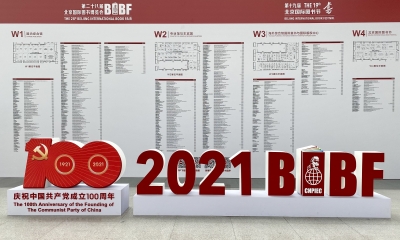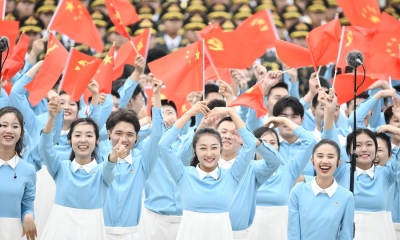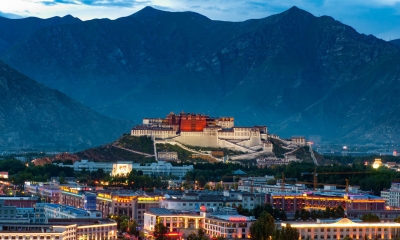“China Collapse” Narratives Collapse Again
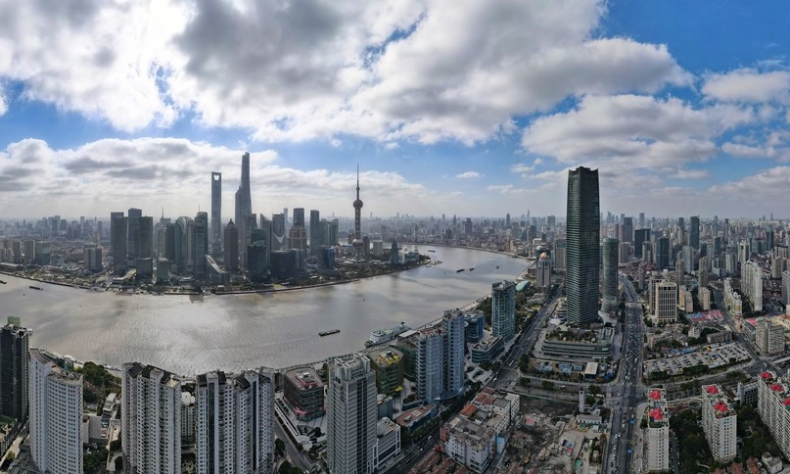
The wall-to-wall fearmongering campaign against China has irreparably damaged the reputations of some of the world’s most respected news organizations.
Editor’s Note: The “collapse of China” and other false narratives is a three-part series documenting anti-China bias in the Western media. This installment, focusing on the “China collapse” theory, details the narratives used by journalists and editors to sow doubts about the state of Chinese economy.
For the past few years, we in the West have been systematically taught to fear and distrust China. From the “China collapse” and “China threat” theories to lies about Hong Kong, Tibet, Xinjiang, and Taiwan; politicians and media elites have worked relentlessly to craft a dystopian hellscape image of China.
The “China collapse” theory collapses
The “China collapse” theory first gained attraction in 2001, after the American historian-turned-professional-doomsayer Gordon Chang, predicted that China was headed for a spectacular fall. In The Coming Collapse of China, he argued that China would succumb to economic and political crisis during the next decade. “The People’s Republic has five years, perhaps ten, before it falls,” he said in the book.
The book was generally well received by the Western literati and Chang was quickly cast as a respected authority on China. He would go on to be featured as a guest on CNN, Fox News, and MSNBC, as well as having his writings carried by The New York Times (NYT), The Wall Street Journal, Foreign Policy, and The Hill, among others.
In late 2011, when his career-defining “China collapse” theory was proven wrong, Chang refused to admit defeat, insisting that China would fall by the end of the coming year. “I admit it: My prediction that the Communist Party would fall by 2011 was wrong. Still, I’m only off by a year,” he said in an end-of-year column for Foreign Affairs. Honestly, quite a ridiculous claim given that China was growing at an annual rate of above 9 percent and the Chinese government enjoyed one of the highest citizen satisfaction rates in the world.
When this prediction once again failed to materialize, Chang was listed for a second time as having made one of the “10 worst predictions of the year”. At this point, one would have expected his career as a pundit on China’s economy to be over. Yet, in a damning indictment of the state of the current Western media landscape, the renowned China hawk continues to this very day to be given a platform to preach his wild theories and fantasies.
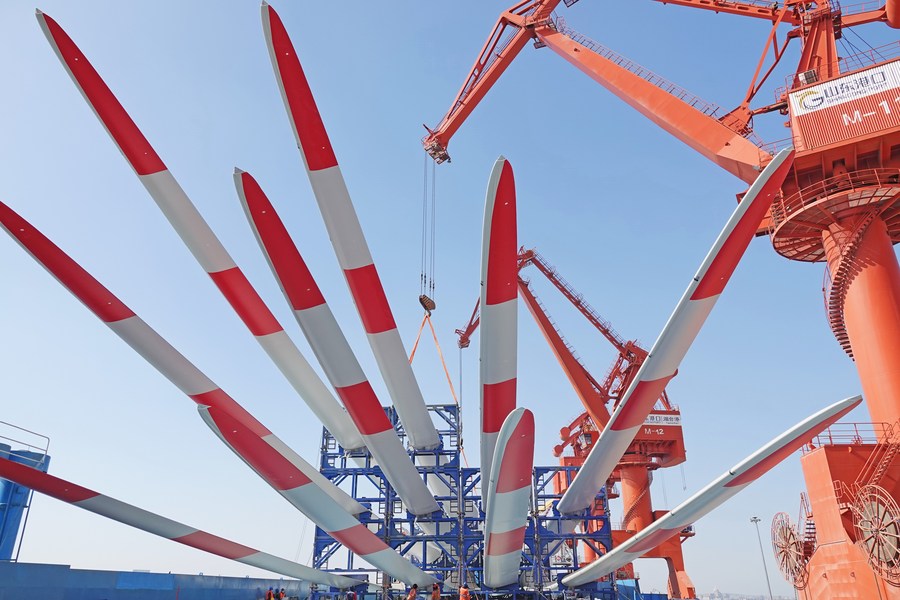
It would appear that when it comes to reporting on China, competent, fair, and objective journalists are often overlooked in favor of hawks, ideologues, and doomsayers. Take, for example, The New York Times’s Paul Krugman who, despite admitting to not possessing a great understanding of China, warned in August that the country is likely headed for a 2008-style economic crisis. “China seems to be teetering on the edge of a crisis that looks a lot like what the rest of the world went through in 2008.”
The following week, assuming a coming economic collapse in China as a given, the Times’s Bret Stephens penned a seven-point policy prescription for “How to manage China’s decline”. The main challenge we will face from China in the coming decade, he said, “stems not from its rise but from its decline.”
To be sure the China collapse narrative is not exclusively an NYT phenomenon, consider the following headlines from the past few months. “China’s economy faces deepening troubles in the years ahead” (Wall Street Journal); “The deep problems underlying China’s economy,” (Bloomberg); and “Storm clouds loom on China’s economy” (Wall Street Journal).
Responding to the resurgence of the China collapse narrative, Chinese Foreign Ministry spokesperson Mao Ning reminded journalists at a regular press briefing that China had consistently proven all the naysayers wrong. “All sorts of comments predicting the collapse of China’s economy keep resurfacing every now and then. But China’s economy has outlived them all. What has collapsed is such rhetoric, not China’s economy.”
Hillary Clinton predicted during a speech at Harvard University in 2012 that China will become one of the poorest countries in the world in 20 years. Now ten years have elapsed and China’s per capita GDP grew from $6,080 to $12,720, very close to the World Bank high income threshold.
End of reform and opening-up?
A common theme within the China collapse narrative is the claim that China has turned away or even reversed the country’s pro-business era of reform and opening-up. See, for example, “Xi Jinping brings China’s reform era to an end” (Wall Street Journal); “Business leaders in China face an ‘aggressive’ crackdown” (CNN); and, “China consultancy crackdown sends jitters across foreign businesses” (Reuters).
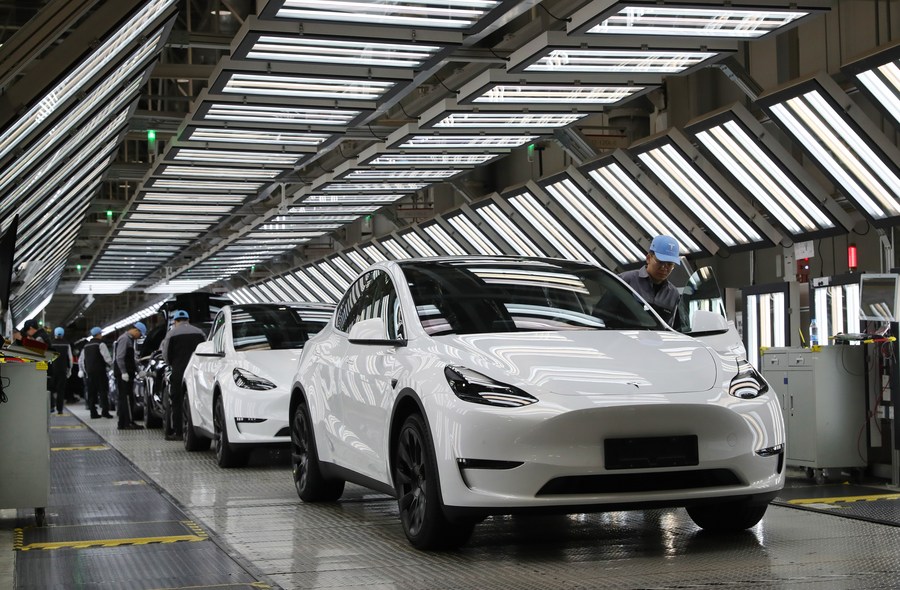
In reality, Beijing has implemented wide-ranging and ambitious reforms during the past decade to further open up China’s economy. Beginning with the opening of the first free trade zone in 2013, the China (Shanghai) Pilot Free Trade Zone has introduced hundreds of pro-business reforms that have since been scaled and expanded nationwide.
The “Negative List” approach to foreign investment notably transformed China’s business landscape and opened up vast swathes of the country’s economy. A total of 190 industries were listed as off-limits to foreign investment upon its initial rollout in 2013. Today, the number of items stands at 27, with China’s manufacturing sector completely open to foreign investment.
Significantly, it was Xi-era reforms such as these that led Tesla to choose Shanghai as the location for its first production facility in Asia. It was also these reforms that allowed Elon Musk to retain 100 percent ownership of the company’s manufacturing operations in China. And, it was these reforms which enabled the Shanghai Gigafactory to be built and begin producing vehicles within a year.
Following Shanghai’s remarkable success in attracting foreign investment and trailblazer companies, Beijing introduced 20 more free trade zones, including the landmark Hainan Pilot Free Trade Port (FTP).
Clearly, then, Beijing recognizes the needs and benefits of reform and opening-up, and has shown a firm commitment and action to continuing along this track. Each of the above reforms, as with the recent introduction of visa-free travel for citizens from France, Germany, Italy, the Netherlands, Spain, and Malaysia, were unilateral measures taken by Beijing without pressure or incentive from any third party.
That is all to say, do not believe the hawks and doomsayers who claim that Beijing is turning its back on business, less those who warn of impending doom lurking around the corner. Outside the small circle of Western media and political echo chambers, there is a much greater number of informed voices who see China through clear eyes and who are generally optimistic about its future.
 Facebook
Facebook
 Twitter
Twitter
 Linkedin
Linkedin
 Google +
Google +




